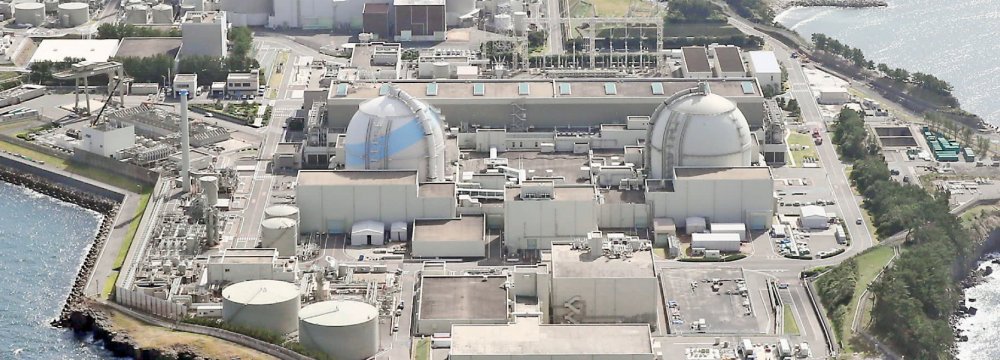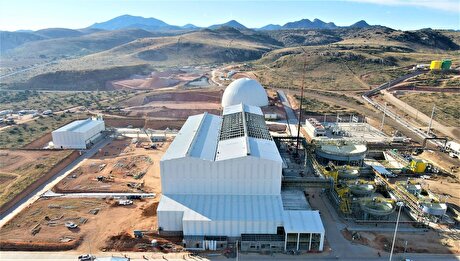
Japan Nuclear Recycling Policy at Standstill


A pillar of the policy is a joint project with France to develop a fast reactor, which generates electricity using spent nuclear fuel. But The French government recently informed Tokyo of plans to freeze the project amid rising uranium reserves, Nikkei reported.
The surprise move has brought Japan's nuclear fuel cycle policy to a standstill.
Japan remains publicly committed to the program. "The development of a fast reactor will contribute to the effective utilization of resources and energy self-sufficiency," said an official in charge of the project at the ministry of economy, trade and tindustry at a government meeting.
But despite the remarks, the road map for developing a fast reactor announced by the ministry the same day does not give specifics on how the program will proceed.
That is because the French government had earlier informed Japan behind the scenes that was ending its participation in the project and would cease funding it in 2020, although it is likely to continue research on a fast reactor on a smaller scale.
Construction of nuclear power plants took off around the world in the 1960s, raising concerns that uranium reserves would be exhausted in the 21st century. Western countries and the former Soviet Union saw fast reactors as crucial to the efficient reuse of fuel and competed to develop them.
Japan also made building a fast reactor central to its nuclear fuel cycle policy in the 1950s, when it began moves to introduce nuclear power.
Its flagship was Monju, a prototype fast-breeder reactor in western Japan. Breeder reactors produce more nuclear fuel than they consume.
But Monju was hit by a spate of difficulties and the government decided in 2016 to decommission the reactor with little to show for its decades of effort and billions of dollars spent.


Trump weighs using $2 billion in CHIPS Act funding for critical minerals

Electra converts debt, launches $30M raise to jumpstart stalled cobalt refinery

Codelco cuts 2025 copper forecast after El Teniente mine collapse

Barrick’s Reko Diq in line for $410M ADB backing

Abcourt readies Sleeping Giant mill to pour first gold since 2014

SQM boosts lithium supply plans as prices flick higher

Nevada army depot to serve as base for first US strategic minerals stockpile

Pan American locks in $2.1B takeover of MAG Silver

Viridis unveils 200Mt initial reserve for Brazil rare earth project

Kyrgyzstan kicks off underground gold mining at Kumtor

Kyrgyzstan kicks off underground gold mining at Kumtor

KoBold Metals granted lithium exploration rights in Congo

Freeport Indonesia to wrap up Gresik plant repairs by early September

Energy Fuels soars on Vulcan Elements partnership

Northern Dynasty sticks to proposal in battle to lift Pebble mine veto

Giustra-backed mining firm teams up with informal miners in Colombia

Critical Metals signs agreement to supply rare earth to US government-funded facility

China extends rare earth controls to imported material

Galan Lithium proceeds with $13M financing for Argentina project

Kyrgyzstan kicks off underground gold mining at Kumtor

Freeport Indonesia to wrap up Gresik plant repairs by early September

Energy Fuels soars on Vulcan Elements partnership

Northern Dynasty sticks to proposal in battle to lift Pebble mine veto

Giustra-backed mining firm teams up with informal miners in Colombia

Critical Metals signs agreement to supply rare earth to US government-funded facility

China extends rare earth controls to imported material

Galan Lithium proceeds with $13M financing for Argentina project

Silver price touches $39 as market weighs rate cut outlook

















